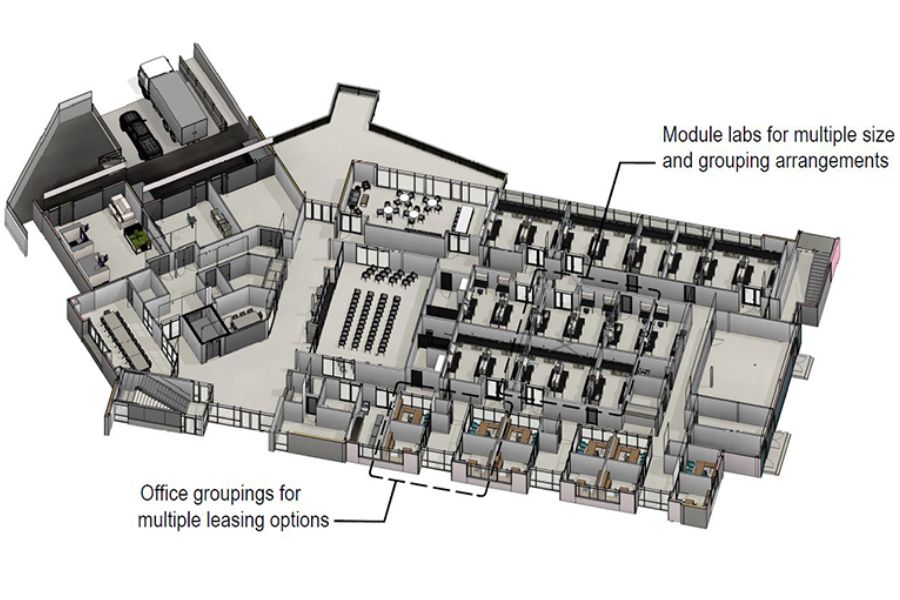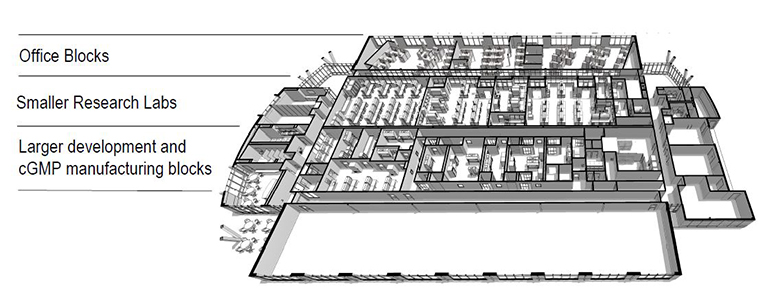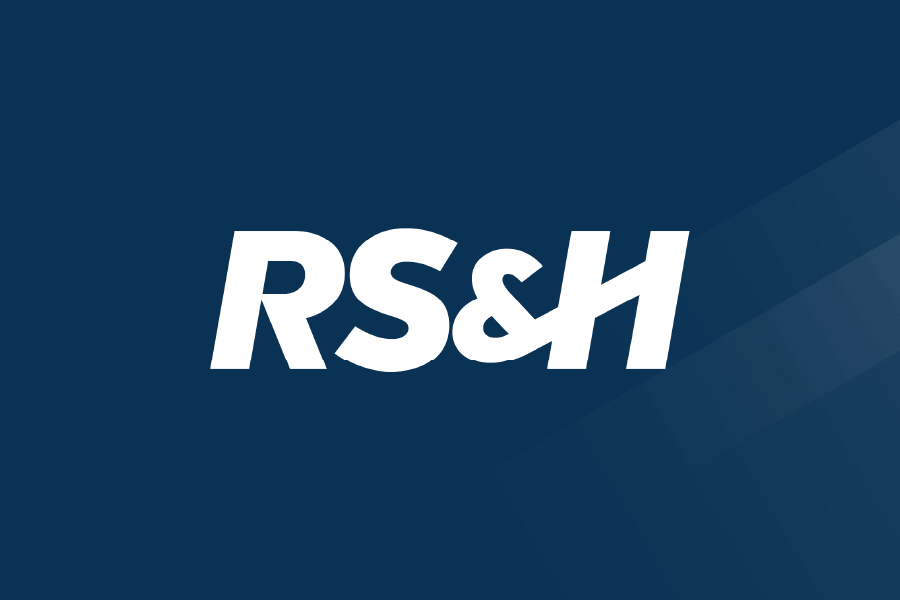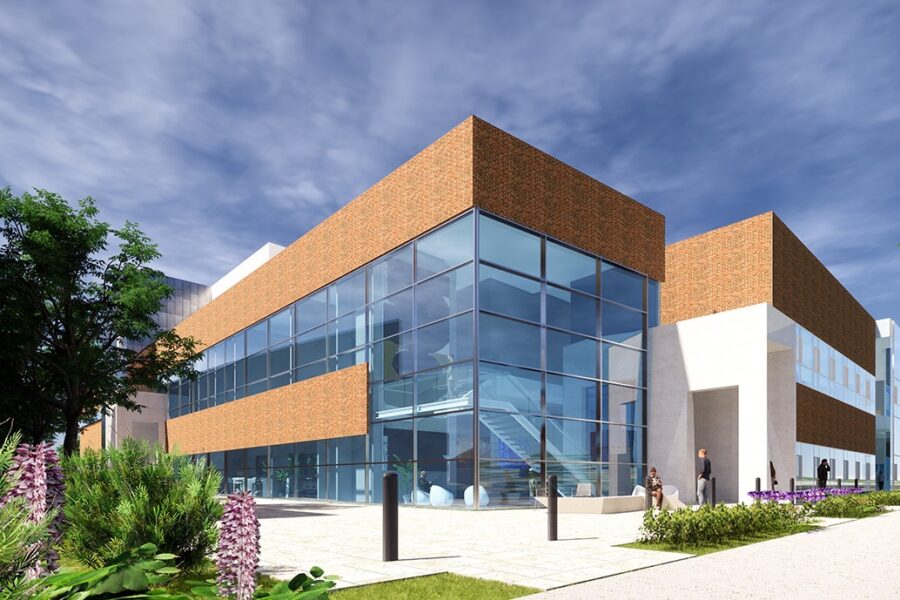How to Design Incubator Laboratories for Lease

Leasing laboratories is different from establishing common research labs.
The origin of incubator laboratories is generally attributed to universities where professors and scientists required spaces to develop a discovery or technology derived from their academic research or grants.
Universities had limited space and sought solutions for what they termed “technology transfer.” Having limited or no funds to develop labs outside their campuses, they began to develop relationships with builders and developers that would put up equity for the construction and then manage these facilities.
Now the models have morphed from university-based into primarily developer-driven markets. And it is here that new definitions are required.
Incubator laboratories now blend the science and entrepreneurial goals of a scientist with the return on investment and leasing goals of the property owner. In order to produce a successful incubator lab, the two goals must be accommodated. The strength of these accommodations will determine the strength of the incubator model.
The Symbiotic Relationship Between Science and Sales
Now, consider the challenge presented above. On the one hand, you have a scientist that has been engulfed in the passion of their life through education, research, collaboration and teaching, endeavoring to develop a business model whether or not they have any business background.
On the other side, you have a developer, property owner, or leasing agent that has been focused on a career of building, moving and managing properties with little or no scientific background trying to develop spaces that enable science. In many cases, these two parties don’t know each other’s vocabulary, let alone understand each other’s motivations. They need interpreters as much as they need advocates.
Scientists are compelled by the evidence that is discovered, by the diligence of the research that drills into the causes and effects of a substance and its modification, and by the transfer of this knowledge into a practical therapy, drug or technology for the alleviation of human affliction. All of these influences are swirling in the mind while the practical necessities of making a living producing an enduring franchise for growth or a product or technology for sale demand attention. Their goals now include research, discovery, transference, sustenance, growth and sales.
The goal of leasing agents is to build and manage an incubator model that attracts tenants and enables high occupancy percentages at profitable margins with low operational costs. It is a balance of providing the maximum amount of net leasable space with the proper mix of amenities and flexibility for space, layout and utilities that tenants may require and desire.
Regarding the diversity of motivations from different but required players in incubator labs, one notices how dependent each is to one another. Developing a symbiotic relationship is the task for the designer of incubator laboratories.
Phases of Incubator Labs
The first task of the designer is to develop a series of specific questions to extract the essence of what both parties are defining as incubator laboratories.
In a traditional incubator lab, the science tenant is looking for a space to begin or further develop their work. It is not meant to be a permanent location for a business, but a starting point to develop a great something that will transform research into production of desired result. The scientist will either sell their discovery or try to expand their capabilities with partnerships, associations or mergers with others to provide the talents and skills required to take a discovery into the development stage or production stage.
The first question then is to determine which point of development is the laboratory trying to accommodate: the initial research stage, the development stage or the production stage?
In the research stage, Primary Incubator Laboratories may be small, independent labs for a small group of researchers – from one to maybe 10 scientists. These labs tend to be small – 121 to 726 square feet with a high level of turnover. The spaces are meant to be flexible, but after a certain point of growth, the tenant moves out to larger spaces to allow for new groups to occupy this initial stage of discovery.
Models for Primary Incubator Labs also include amenities such as conference and meeting rooms, common autoclave areas, cold rooms, common shipping and receiving docks, and office areas.
A good example of this kind of incubator facility is the North Florida Incubator Laboratory in Tallahassee. As laboratory consultants, RS&H collaborated with Architects Lewis + Whitlock to develop this design.
Laboratories were limited to two-module labs (242 square feet) and four-module labs (484 square feet) with any combination to allow for tenant flexibility. Labs could be expanded either horizontally or vertically in the center lab block or horizontally in the perimeter lab block. Office areas were grouped in blocks allowing for single or multiple tenant leasing strategies.
This two-story incubator allowed for more public functions on the ground floor where tenants could use common meeting rooms and amenities through scheduling.
As a tenant moves out, there still may be a need for this tenant to be part of a greater laboratory community in what is now called Graduate Incubator Laboratories.
Focused on the second stage of growth, these labs are larger spaces for established business models that focus on methods of development and production protocols. Labs may include pilot production spaces that house potential cleanroom modules for further product development or small production areas with functions for cell, tissue, or component production. These spaces tend to be larger contiguous spaces rather than small independent labs.
Examples of this type of lab include Foundation Park in Alachua, Florida. As laboratory planner and prime architect, RS&H designed this project for Concept Development, LLC. The project allows for larger graduate tenants to occupy larger blocks of space to develop anything from individual R&D labs up to cGMP production spaces within the office and lab blocking arrangements.
Balancing Concerns of Agents, Developers, and Scientists
Developing the design for Incubator Labs requires an understanding of the ratios of leased space to amenity space or gross area. If the lab is too heavily burdened with common or non-leasable space, it will fail in the cost modeling for start-up companies and overburden the leasing agent with costs they will not be able to recover.
For planning purposes, the facility should reduce gross area wherever it can. Areas like corridors are areas not recoverable in a lease. Keeping the circulation patterns simple to reduce corridor space is an easy way to reduce non-rentable areas.
Amenities are also an area to be analyzed with the leasing agent. There are common areas that are most requested by tenants and others that tenants are cautious to share.
Easily sharable spaces include conference rooms, break areas, waste collection, and loading docks. These spaces are used infrequently and can easily be shared.
Some spaces that are more difficult to share are common equipment areas where tenants would see the security of either product or efficacy of the instrument to be a concern.
Being open for input from potential tenants and understanding the cost impacts of concern to leasing agents and developers is important. Knowing what level of development you are targeting for your scientific tenant and what price point you are shooting for in rent are important factors in providing an effective lab model.
Asking the right questions early is the way to find that sweet balance that will drive success.
Learn more about how RS&H’s team can partner with you on the design of your next science laboratory.






